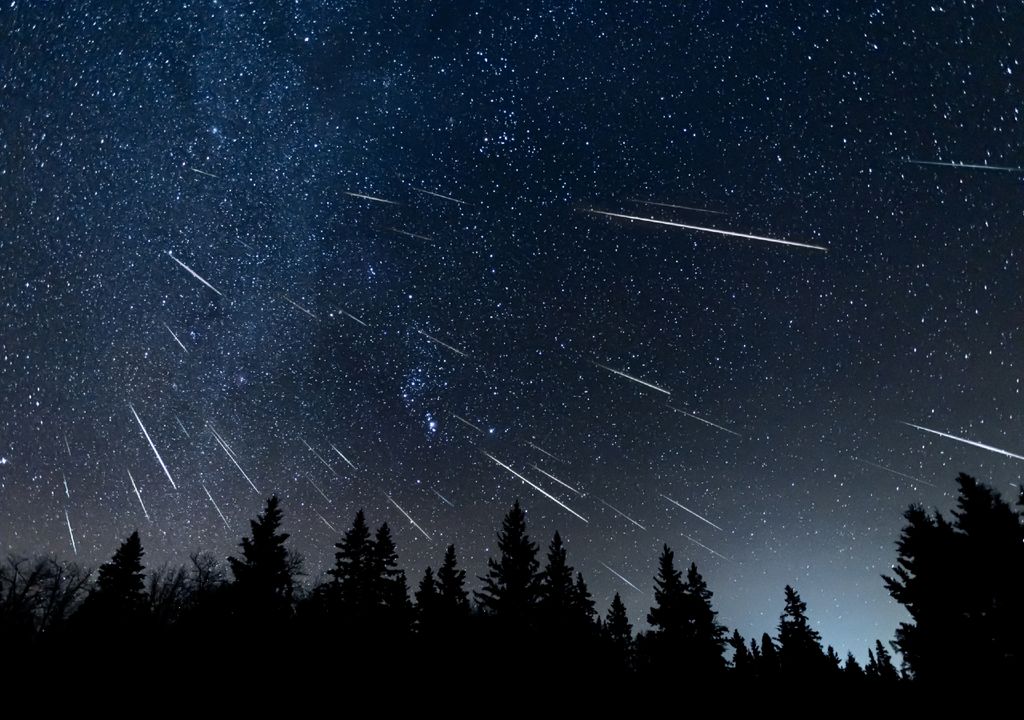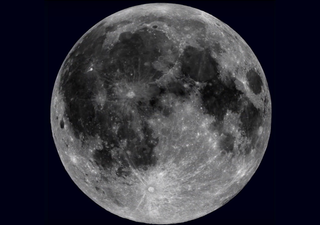The year begins with an astronomical spectacle: the “Star Shower” of the Quadrantids
From an astronomical point of view, one of the best ways to start the year is with the possibility of witnessing phenomena with a significant impact, such as a shower of stars. Find out more with us!

From 28 December to 12 January, it will be possible to observe in the night sky of the Northern Hemisphere the "star rain" of the Quadrant. The peak of this activity will be recorded as early as the early hours of 4 January, making it the first important astronomical event of the year.
(...) an improvement in the weather state can allow, especially the territory of mainland Portugal, to be able to visualise the passage of the meteors.
During the nights of this week, it will be possible to observe between 25 and 80 meteors per hour, but in the short time period associated with the peak of this event (about six hours) it may be possible to observe the passage of more than 100 meteors through the Earth's atmosphere. This is because our planet will be crossing the trail of dust and rocks left by the asteroid 2003 EH1, along its orbit.
The name Quadrantids is associated with an ancient constellation Quadrans Muralis, which was discovered in 1795 by the Frenchman Jerome Lalande. However, from 1922 this designation was abandoned and most of the constellation Quadrans Muralis came to be called the constellation Bootes. Even so, the Quadrants keep their name to this day.
The "star rain" Quadrantids, although not much known or spoken, is part of the 3 large groups of meteor showers that take place on planet Earth, which include the Geminids and Perseids. Although these last two even have a lower meteor passage frequency (less than 100 per hour, generally), the passage of the Quadrants is less spectacular and happens in a much shorter time period.
Eventos astronômicos previstos para janeiro de 2024:
— JAMES WEBB (@jameswebb_nasa) January 1, 2024
4: Último Quarto de Lua; Pico das Quadrântidas (ZHR = 80) ; Lua passa a 2°0' de Spica (mag 1.0).
7: Vênus (mag -4.0) passa a 6°18' de Antares (mag 1.1).
8: Lua passa a 0°48' de Antares (mag 1.1); Lua passa a 5°42' de Vênus pic.twitter.com/d4UrRg4mKL
Observation conditions and the rest of the month
This event will be easier to observe taking into account the phase of the Moon. Being diminished it is reflecting less and less sunlight, making the sky darker, thus favouring the observation of this type of phenomena. Other factors to take into account are related to weather conditions and the places chosen for observation.
Another obvious recommendation is the removal of places with a higher level of light pollution: the more isolated the place chosen to observe the "star rain" the greater the probability of watching a unique show!
In the remainder of the month of January, from an astronomical point of view, to highlight the movement of the Moon, which will reach the New Moon phase on the 11th. The next day, it will be the best time to observe the planet Mercury because that is when it will be far-west in relation to the Sun. The Moon will reach the fourth crescent on the 18th and the first Full Moon of the year will be on the 25th.








